If you’ve ever picked strawberries—whether at a pick-your-own farm or in your own backyard strawberry patch—and you’ve been less than impressed with the berries you picked, the problem might not be the berries, but when you picked them. Strawberries can look ripe even if they aren’t quite ready yet.
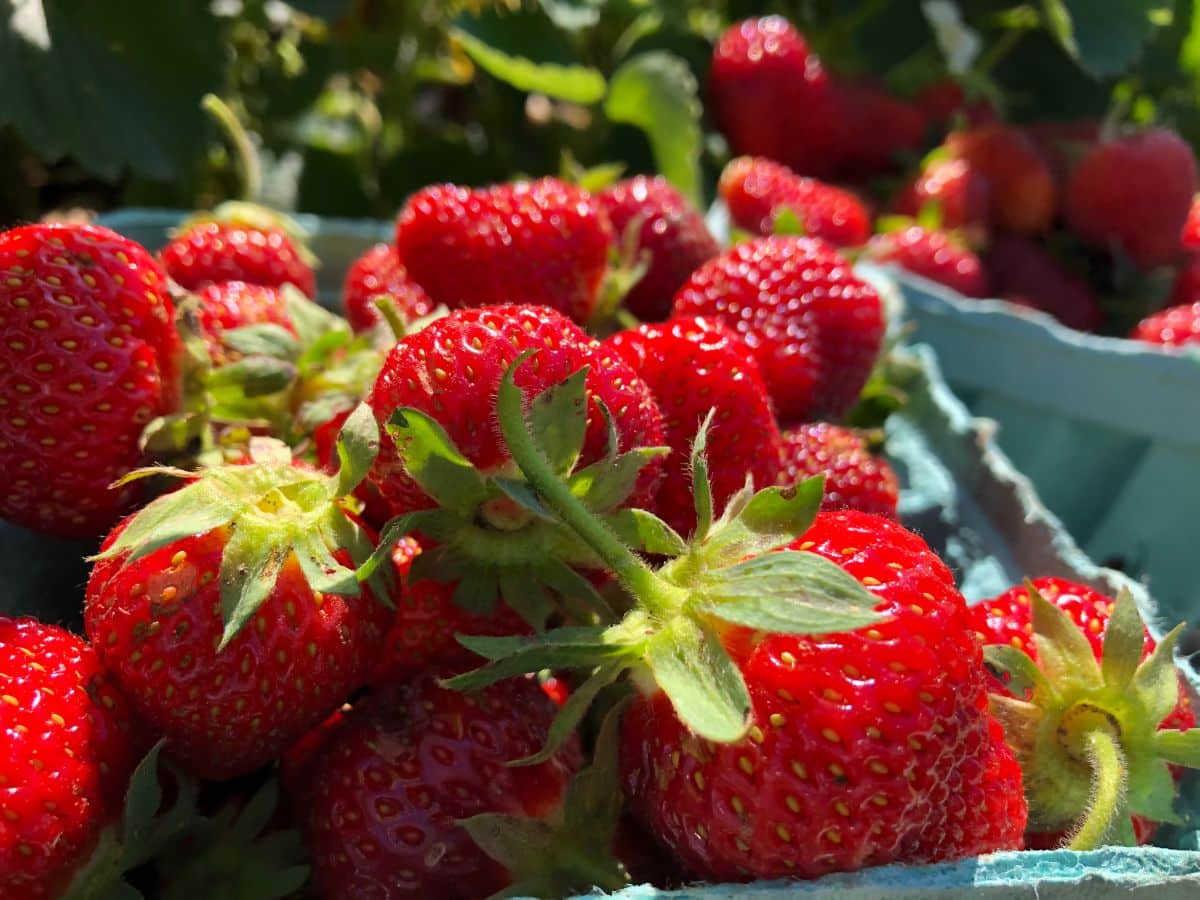
So how do you know if your strawberries are ready to pick? What are some ways to tell if a berry is ripe enough for picking? And what can you do if your timing is a little off?
Jump to:
How to Tell If Strawberries Are Ready for Picking
A few key factors will clue you into knowing when your strawberries are ready to pick—and which among them should be your pick of the day. Here are the best ways to tell when your strawberries are really ripe and ready:
Timing.
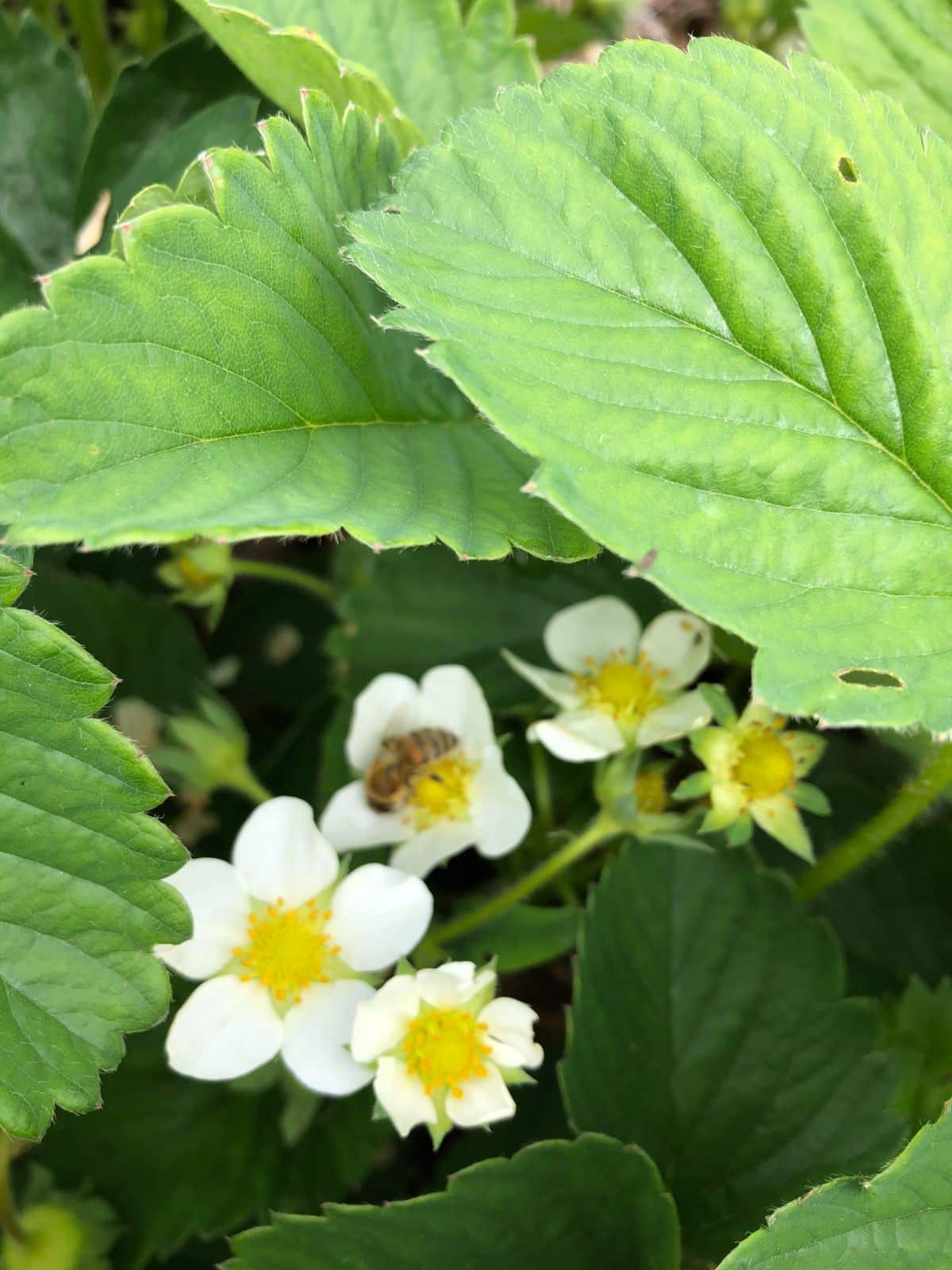
Strawberries are usually ripe and ready about four weeks after blossoms appear. Take note of when you see your first strawberry blossoms, and then start checking the patch for ripe berries about three weeks later (so you catch the earliest among them).
Weather can slow or speed up berry ripening. Ripening may be slower at the beginning of the season, especially if you’re having a cool start to summer. Berry ripening will pick up pace as the sun grows stronger and the days warm. Cool days and rainy days can impact ripening, too.
The season for June-bearing strawberries will usually last about three weeks, so plan to keep checking and picking your berries throughout. You’ll want to pick every one to three days during the busiest part of the season. Keep a regular check on the patch so you know when your berries are ripening.
Uniform color.
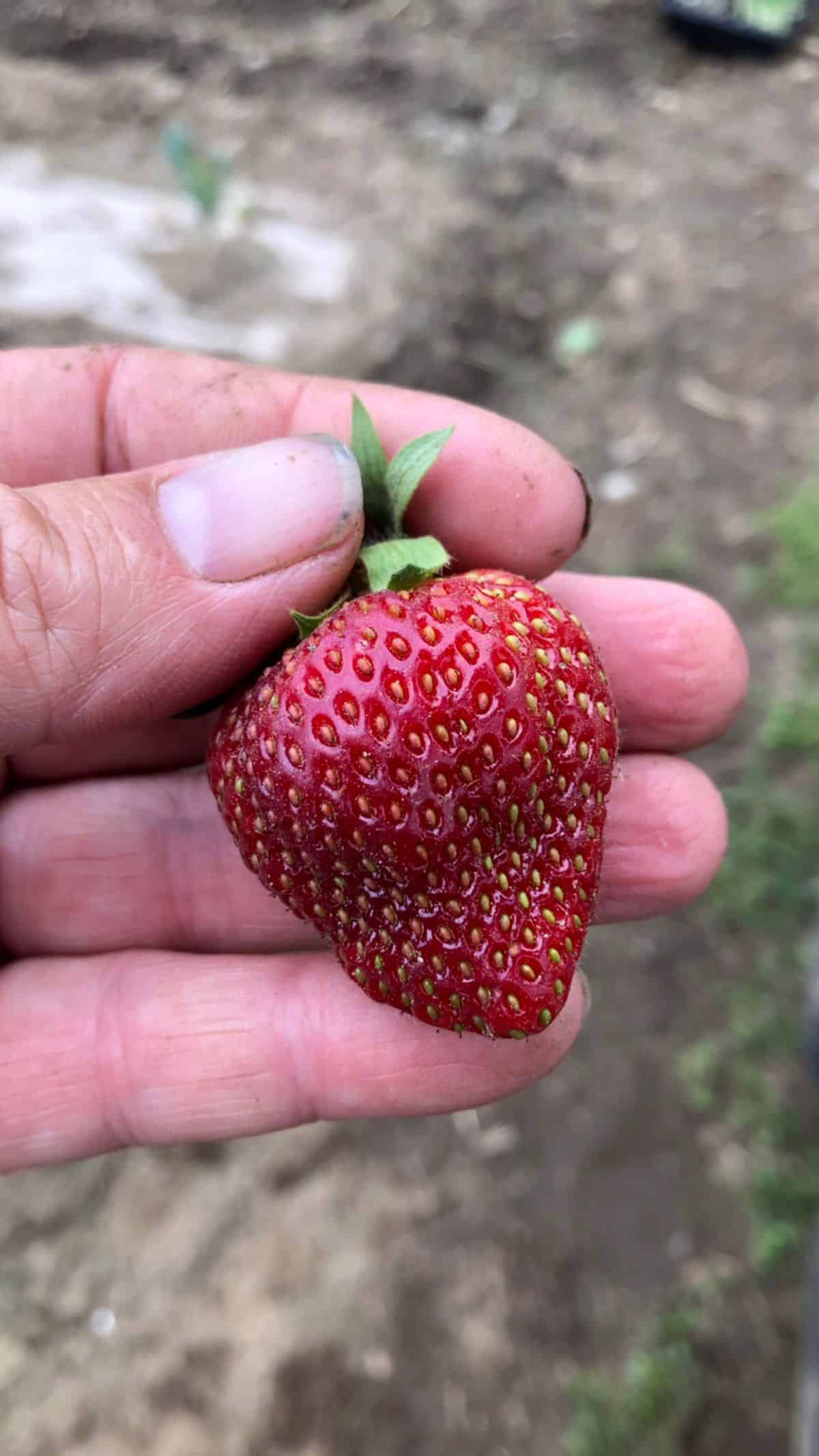
This is the biggest and best indicator of strawberry readiness.
Ripe strawberries are berries that are uniform and complete in color. They will be red all the way around and down to and including the tips. If the tips are still white, even if the rest of the berry looks nice and red, it’s not quite ripe yet, and you should wait to harvest in a day or two. Pay particular attention to the bottom tip, and do not pick berries if the bottom tip is greenish or white. Wait until it is red. Before removing the berry, tip the bottom up and make sure it is red all the way to the bottom.
Look at the top just below the green top of the strawberry, too (the leaves and stem). This area of the berry’s flesh should also be a true red, not white. If it is white or light at the top of the berry, it still needs another day or two.
Fresh green tops.
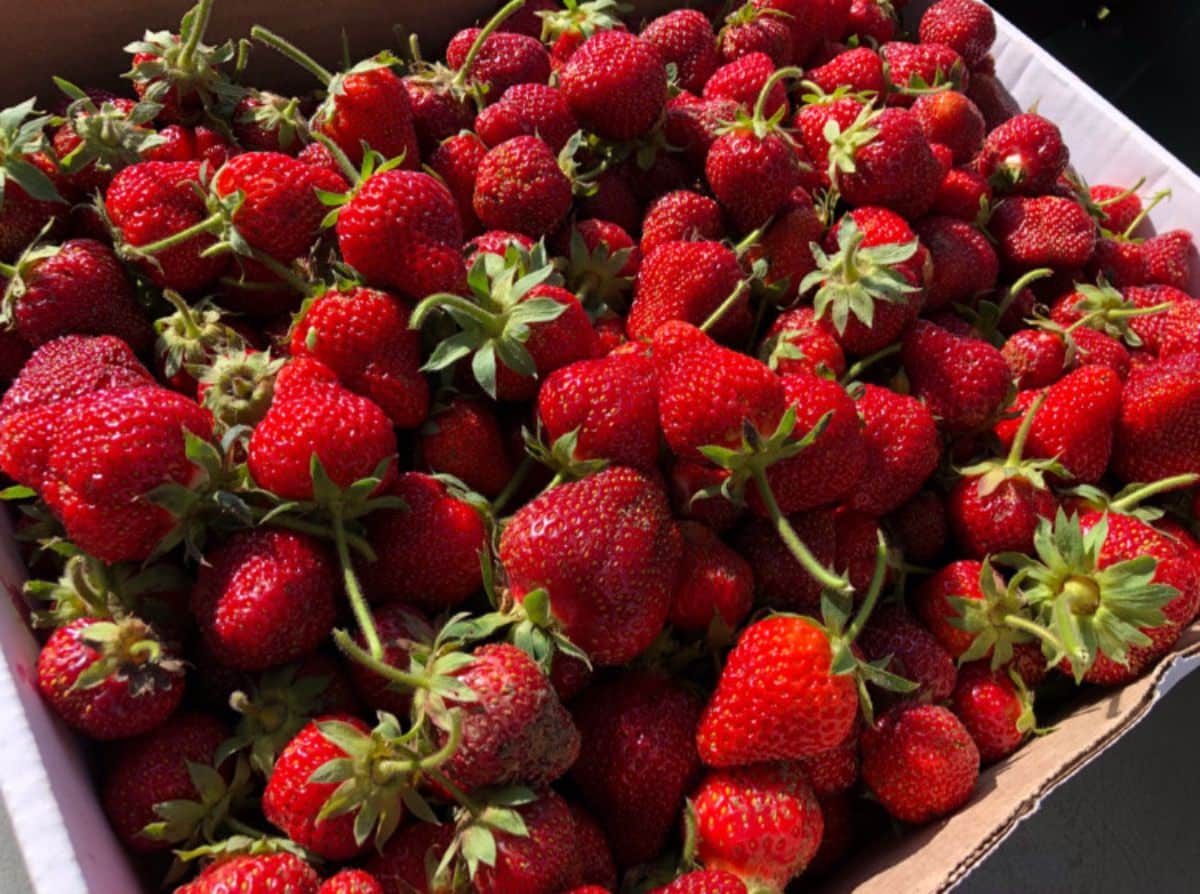
Ripe strawberries have green tops (stems and leaves) that are a nice, fresh-looking green color. The leaves should not be dried, brown, or dying. This indicates that berries are past their prime and are likely to be overripe.
You can pick these berries if you can use them immediately and if they are not moldy or rotting, but they are not the best specimens. If you pick them, keep them separate and use them right away. If you will not be using them, consider picking them off the plant anyway so that the overripe berries do not continue to draw energy from the plant and away from the rest of the oncoming strawberries. Removing overripe berries will also help to prevent them from molding or rotting on the plant and infecting other nearby good berries. Discard the berries away from the plant.
Firm, but not hard.
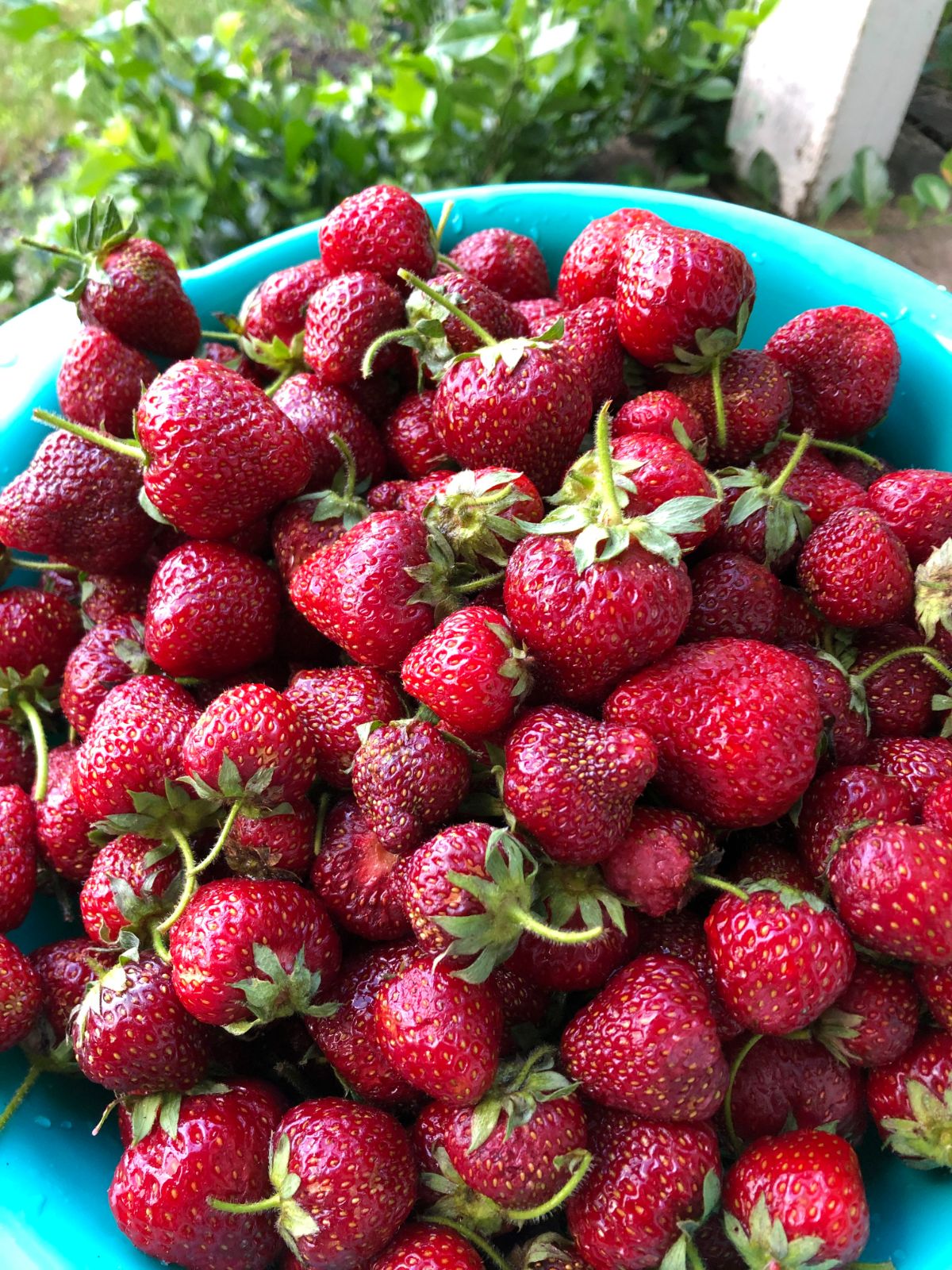
When strawberries are ready to be picked, they will be moderately firm, not too soft, not too squishy, and not too hard.
Berries soften as they ripen. Hard berries are underripe berries. Soft berries that mush under your fingers are overripe. Again, if you can use them immediately and you don’t want to waste the berries, go ahead and pick them but set softer berries aside in a separate container to use first. This will keep them from molding and rotting and ruining the other berries in your container. Just like apples, one bad strawberry can spoil the barrel (or box).
Here is a video with some good tips on How To Pick Strawberries!
Flavor.
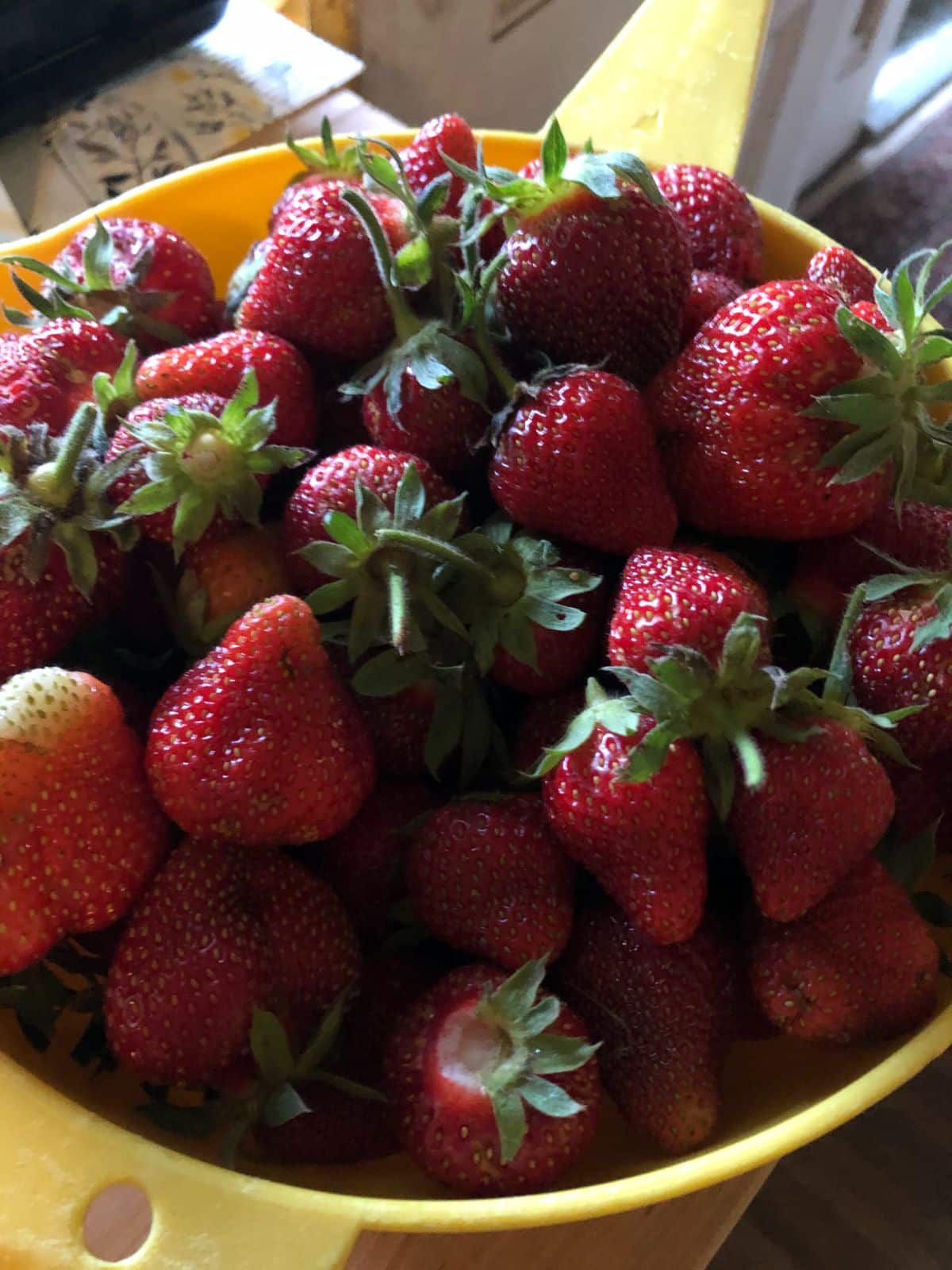
When ripe, strawberries should be flavorful and sweet. They should not taste bland. The flavor will, of course, vary depending on the variety, so there can be a range, but your homegrown strawberries should have good flavor, and generally will be better and stronger in flavor than what you would buy from a grocery store. If they are not, consider that your berries may need another day or two to ripen before picking.
The flavor is, of course, not an ideal indicator of readiness to pick, because you can’t exactly eat every strawberry that is ready–not if you want some to bring in and enjoy later, anyway! It’s a good idea to enjoy a few berries before you start picking your strawberry patch in earnest. Note the color and eat a few. This will give you some idea of which berries are ripe and which should wait a little longer.
Watch wildlife.
Strawberries, like other fruits and vegetables, are naturally designed to be delicious to wildlife and to be eaten by wildlife at their peak. When wild animals eat berries, they spread the seeds of the plant, which helps the plant spread and grow naturally. Plants want to survive, so they want birds, bears, and other creatures to eat their berries when the seeds are ripe and ready.
This means that animals, especially birds, are drawn to strawberries when they are ripe. You don’t usually see birds pecking at strawberries until they are ready. So, if you see the birds flocking to your berry patch, that’s a good indicator that your strawberries are probably ready to start harvesting.
Don’t Count on Strawberries to Ripen after Harvesting
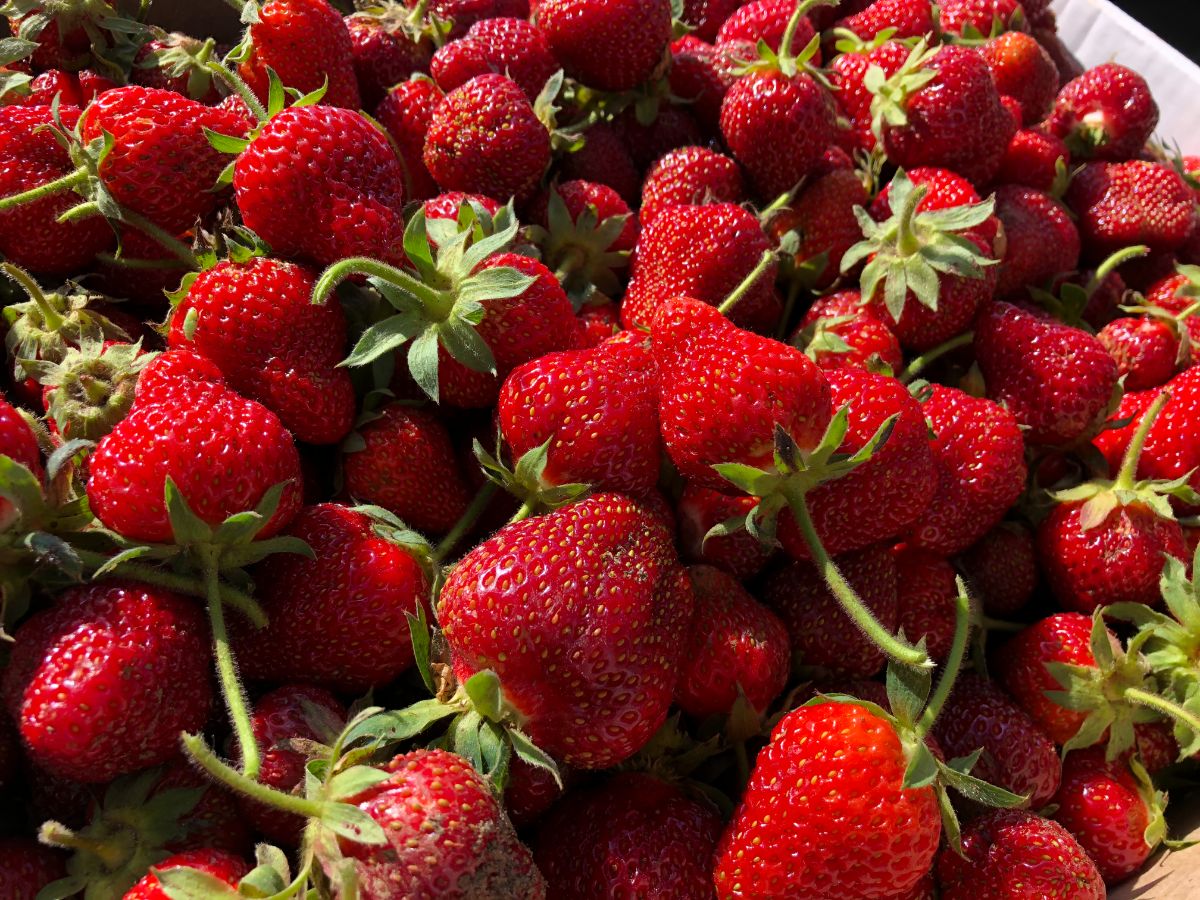
You’ll find sources saying different things about whether you can pick underripe strawberries and then have them ripen either in the refrigerator or on the counter. The fact is that strawberries are what are called “non-climacteric” fruit. They cannot continue to ripen after they are picked.
Once strawberries are picked, what you see (or taste) is what you get. They won’t continue to improve. This is why it is important to pick strawberries as close to their peak of ripeness as possible, and to handle them well after picking.
Note: this is not to say that you should necessarily throw out strawberries that you picked that might be a little underripe. Underripe strawberries can still have fair flavor, as long as they weren’t picked too underripe or green (think along the lines of the often underripe strawberries you buy at the store!). Strawberries that aren’t perfectly ripe may be a bit better if used for cooking or making things like jams, where they can be mixed in with other, riper berries, and where you can boost their flavor with some added sugar or sweetener.
After You Pick Your Strawberries
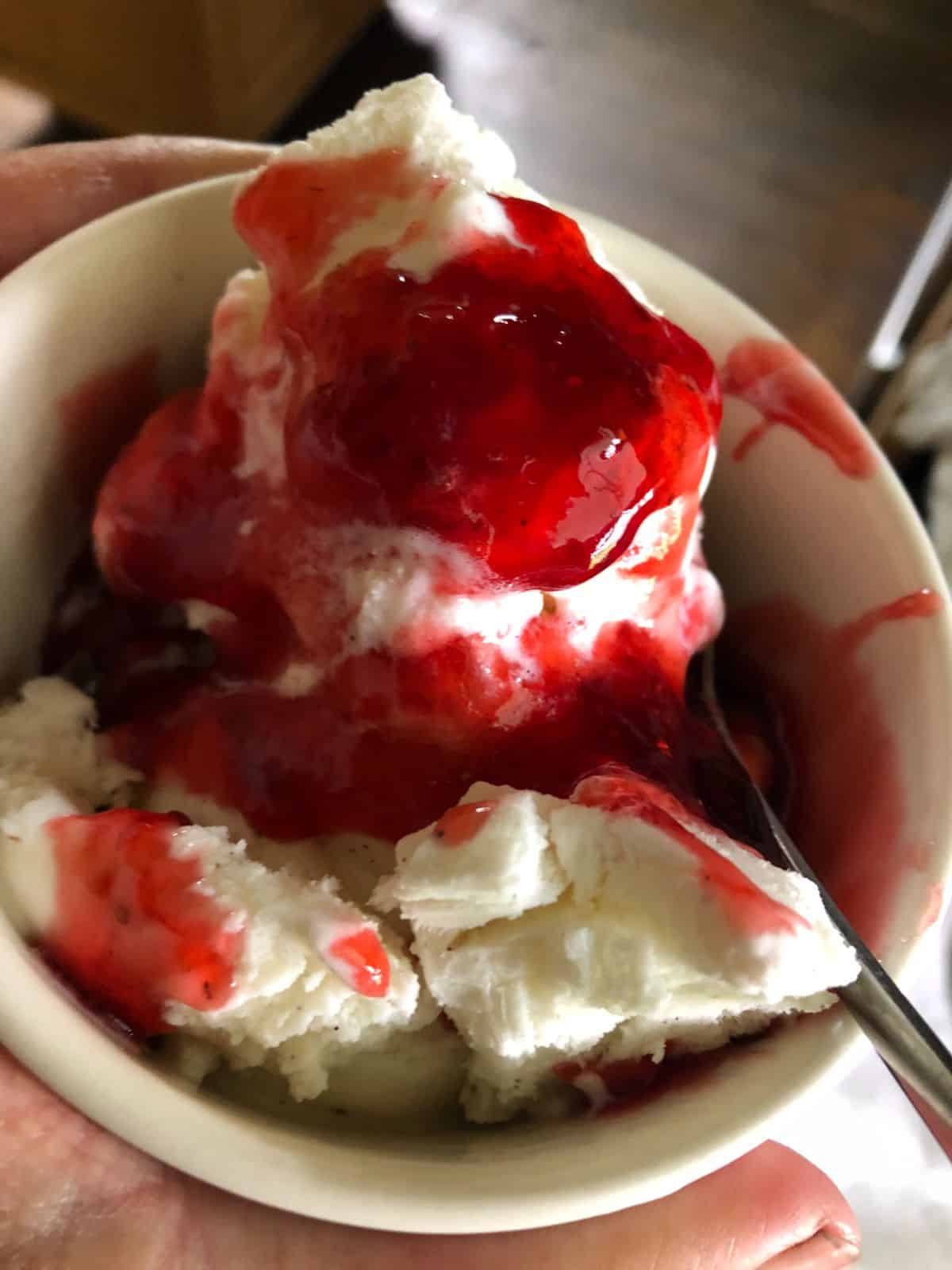
Store strawberries in as cool a place as you have until you are ready to use them or preserve them. Ideally, this will be in a refrigerator at a low temperature and with a high level of humidity—32 to 36 degrees Fahrenheit (0 to 2 C) and around 90% humidity.
If you don’t have enough refrigerator space to store your strawberries, you can leave them at room temperature for up to two days (the shorter, the better). Store them in the coolest room you have available, as the warmer the berries are, the faster they will deteriorate.
Strawberries are like little sponges that soak up moisture from the air and from wash water. This weakens the flavor, invites mold spores to start growing, and generally speeds up deterioration, so you should not wash strawberries until you are ready to eat them or use them. Wash while the tops are still on and then hull and prepare (slice, etc.) after destemming. This will preserve the juice and flavor of the berries.
It’s best to know how you want to use your strawberries before the time comes to pick them. Prepare yourself for whatever method—or methods—of preserving and use your plan to utilize. Have the equipment available for cooking, canning, jamming, drying, winemaking, or preserving before the day you need it. Good planning and good preparation will help you make the most of your harvest and of your lovely harvested or homegrown strawberries.

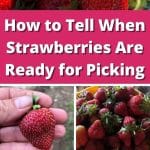
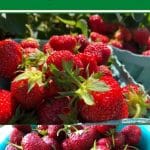
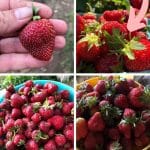
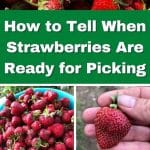
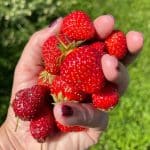
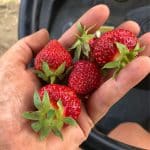
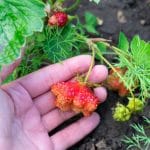
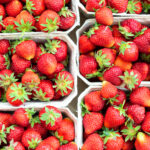
Leave a Reply